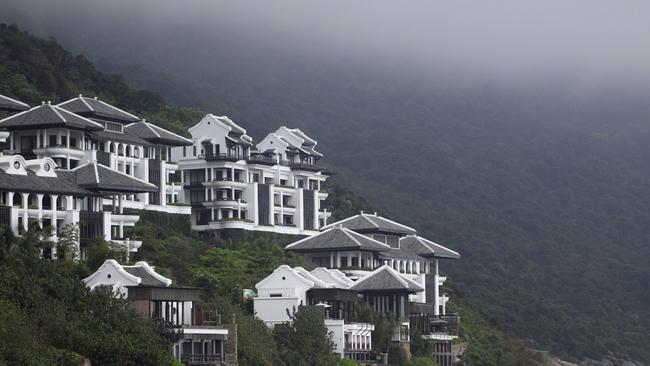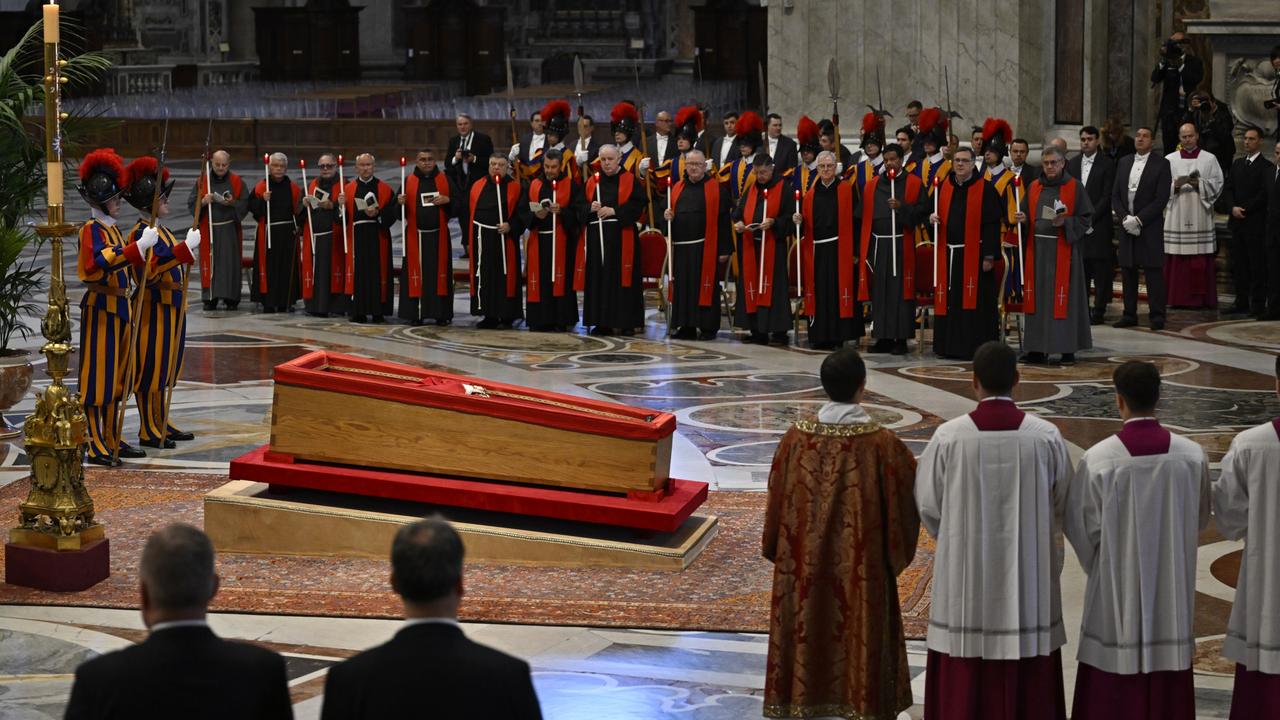Rising Vietnam’s miracle could be the lot of North Korea
Vietnam has quietly become one of the fastest growing economies in South East Asia.

Donald Trump’s announcement of his planned meeting with North Korean leader Kim Jong-un at end of the month has thrown a spotlight on Vietnam, which has quietly become one of the fastest growing economies in Southeast Asia.
Vietnam has diplomatic ties with the US and North Korea and is seen as a convenient choice for Kim who doesn’t like to fly too far from home for security reasons.
The economy of the communist-run country has been doing well as it benefits from foreign investment with more manufacturing operations moving from China, a government steadily privatising its state-owned enterprises and its strong regional ties.
One of the world’s poorest countries 30 years ago, Vietnam is moving fast towards becoming a middle-income nation.
Its economy has grown at more than 5 per cent a year since 2010. It grew 7.1 per cent last year, stronger than China’s, on a par with India’s growth and well above the 4 to 5 per cent recorded by Thailand, Malaysia and Indonesia.
It is the largest exporter of clothing in Southeast Asia and the second largest exporter of electronics, after Singapore.
In a recent article for the World Economic Forum, economic analyst Peter Vanham, described Vietnam as “one of the stars of the emerging markets universe”. “Its economic growth of 6 to 7 per cent rivals China, and it exports are worth as much as the total value of its GDP,” he said. “Anything from Nike sportswear to Samsung smartphones are manufactured in this ASEAN nation.”
The key shifts in the country, he points out, were the economic and political reforms introduced in 1986 called “Doi Moi”, which was aimed at steering the country towards becoming a “socialist-oriented market economy”. The changes included Vietnam’s first law on foreign investment, allowing overseas companies to enter the country.
Since then it has gradually lowered tariffs and moved to reform the domestic economy.
Vietnam has steadily increased its trading connections with the world. In 1995 it joined the ASEAN free-trade area. In 2000 it signed a free-trade agreement with the US, and in 2007 it joined the World Trade Organisation. Last year it joined 10 other countries including Australia in joining the Comprehensive and Progressive Trans-Pacific Partnership. The deal has the potential to boost Vietnam’s economy by reducing tariffs and pushing for the country to further liberalise its state-owned enterprises that make up about a third of its economy.
While it is a long way from the sophistication of some of its Asian rivals, the country is gradually improving its image as place for trade and foreign investment. In the World Bank’s ease of doing business rankings, meanwhile, it rose from 104th place in 2007 to 68th in 2017.
Also in its favour is its young population. The median age of its 97 million people is 31.
The expected host city of Da Nang, in central Vietnam, has been transformed from a former US military base during the Vietnam War to a tourist and conference destination. The city of just over a million people hosted thousands of foreign dignitaries and officials in 2017 when it hosted the APEC summit.
The city opened a new international airport in May 2017 and had invested heavily in upgrading its infrastructure.
Its Furama Resort, which also hosted the 2017 APEC meetings, has been floated as a location for the next Trump-Kim summit.
Vietnam’s economic growth has been boosted by steadily increasing its ties with the US in recent times.
In 2016 Washington ended its decades-old arms embargo on Vietnam. A US aircraft carrier visited Vietnam last year for the first time since the end of the Vietnam War.
US Secretary of State Mike Pompeo visited Hanoi last July where he made a speech urging North Korea to follow Vietnam’s example in normalising its relations with Washington, after once being enemies, and pointing to the country’s subsequent economic prosperity.
He pointed out that Vietnam’s rise as an economic power had come after it began to engage with the US in 1985, with both countries working together to repatriate remains of US service members lost in Vietnam.
Since then, he said, US trade with Vietnam had grown 8000 per cent and American companies had poured in billions of dollars of investments into the country. “The fact that we’re co-operating — and not fighting — is proof that when a country decides to create a brighter future for itself alongside the United States, we follow through on American promises,” Pompeo said.
“The miracle could be your miracle,” he said referring to North Korea and its leader.




To join the conversation, please log in. Don't have an account? Register
Join the conversation, you are commenting as Logout